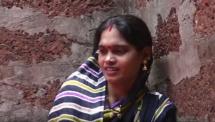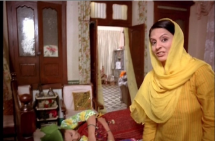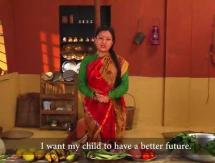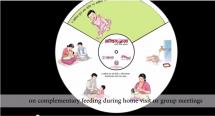Gyan Jyoti Videos for Mobile Phones
These videos were produced to be used on a mobile phone, as part of the Gyan Jyoti project of Project Ujjwal. The videos are shown to couples by community health workers, called ASHAs, and are used as a discussion starter for talking about the use of modern family planning.
Source: Johns Hopkins University Center for Communication Programs
Date of Publication: March 25, 2019
SIMILIAR RESOURCES
Tools
Examples
- Zika and Pregnancy: Questions and Answers
- Healthy Timing and Spacing of Pregnancy Fact Sheet
- Family Planning Discussion Topics for Voluntary Counseling and Testing
- Creating Mobile Health Solutions for Behaviour Change: A Study of Eight Services in the mNutrition Initiative Portfolio
- The mHealth Planning Guide: Key Considerations for Integrating Mobile Technology into Health Programs
- Private Sector Counts
- SBCC for Malaria in Pregnancy: Strategy Development Guidance
- Promoting Quality Malaria Medicine through Social and Behavior Change Communication
- My Voice Service Improvement Platform
- RapidPro Software










